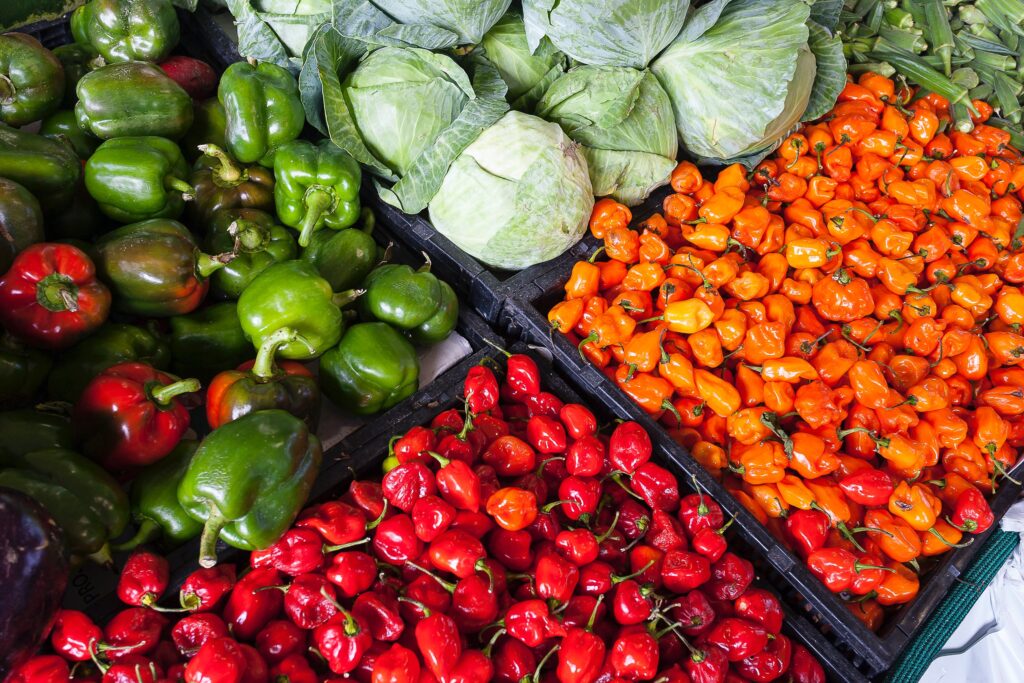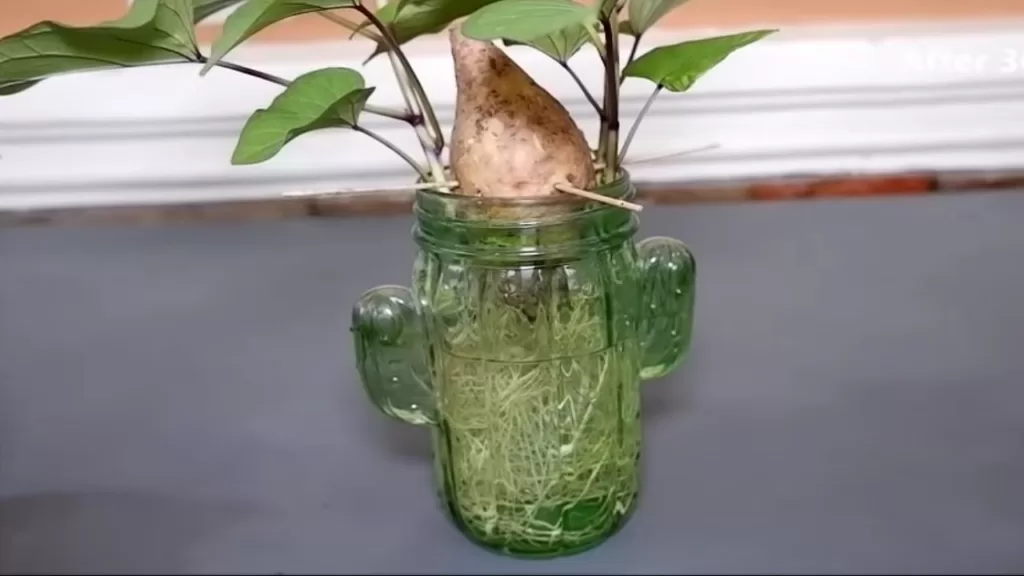Bonsai trees are a beautiful addition to any home or garden. They are a unique form of plant art that requires a lot of attention and care. However, taking care of a bonsai tree can be challenging, and many people struggle to keep their trees alive. In this article, we will provide you with the best tips to keep your bonsai tree alive and thriving.
Choose the Right Bonsai Tree
The first step to keeping your bonsai tree alive is choosing the right tree. There are different species of bonsai trees, and each has specific requirements for light, water, and care. It is essential to select a tree that is suitable for your environment, so it can thrive.
Watering Your Bonsai Tree
Water is the most critical element in the life of a bonsai tree. You need to water your tree regularly, but not too much or too little. Overwatering can cause root rot, and underwatering can lead to dehydration. It is essential to understand the watering requirements of your tree and adjust accordingly.
Providing Adequate Light
Bonsai trees require light to perform photosynthesis, which is necessary for their survival. However, they should not be exposed to direct sunlight for extended periods as it can harm the leaves. It is essential to provide your tree with adequate light but avoid direct sunlight.
Fertilizing Your Bonsai Tree
Bonsai trees require nutrients to grow and remain healthy. Fertilizers provide the necessary nutrients to your tree. There are different types of fertilizers available in the market, and you should choose one that suits your tree species and your preferences.
Pruning Your Bonsai Tree
Pruning is a critical aspect of taking care of a bonsai tree. It involves cutting off unwanted branches and leaves to shape the tree and promote growth. Pruning also helps to prevent the tree from becoming too large and out of shape.
Repotting Your Bonsai Tree
Repotting is necessary to ensure that your bonsai tree gets enough space and nutrients to grow. Repotting should be done every two to three years, depending on the size and growth of your tree.
Protecting Your Bonsai Tree from Pests and Diseases
Pests and diseases can damage your bonsai tree and, in some cases, lead to its death. You should take preventive measures to protect your tree from pests and diseases. These measures include inspecting your tree regularly, using pesticides, and keeping the tree clean.
Providing the Right Temperature and Humidity
Bonsai trees require specific temperatures and humidity levels to thrive. The ideal temperature range for most bonsai trees is between 60 and 75 degrees Fahrenheit. You should also ensure that the humidity levels are between 40% and 60%.
Caring for Your Bonsai Tree During the Winter Months
Winter can be challenging for bonsai trees, and you should take extra care during this season. You should protect your tree from freezing temperatures, reduce watering, and provide adequate light.
Common Mistakes to Avoid
There are common mistakes that people make when taking care of their bonsai trees. These mistakes include overwatering, using the wrong soil, not pruning regularly, and exposing the tree to direct sunlight. Avoiding these mistakes can help keep your bonsai tree alive and healthy.
Taking care of a bonsai tree requires dedication, patience, and attention to detail. By following the best tips discussed in this article, you can keep your bonsai tree alive and thriving for many years






